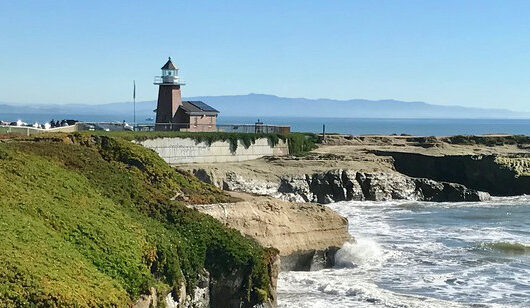Towards Powerful Probes of Neutrino Self-Interactions in Supernovae
Towards Powerful Probes of Neutrino Self-Interactions in Supernovae
Please contact erule@berkeley.edu or anupam.ray@berkeley.edu for zoom links.
Neutrinos remain mysterious. As an example, enhanced self-interactions (νSI) are allowed by laboratory, cosmology, and astrophysics data, and are frequently invoked to explain anomalies. In this talk, I will briefly review the current probes of νSI. I will then discuss the potential interplay between νSI and supernova neutrinos. For the high neutrino densities within core-collapse supernovae, νSI could be important, but robust observables have been lacking. We show that νSI makes supernova neutrinos form a tightly coupled fluid that expands under relativistic hydrodynamics. The outflow becomes either a burst or a steady-state wind; which occurs here is uncertain. Though the diffusive environment where neutrinos are produced may make a wind more likely, further work is needed to determine when each case is realized. In the burst-outflow case, νSI increases the duration of the neutrino signal, and even a simple analysis of SN 1987A data has powerful sensitivity. For the wind-outflow case, we outline several promising ideas that may lead to new observables. Combined, these results are important steps towards solving the 35-year-old puzzle of how νSI impacts supernovae.

